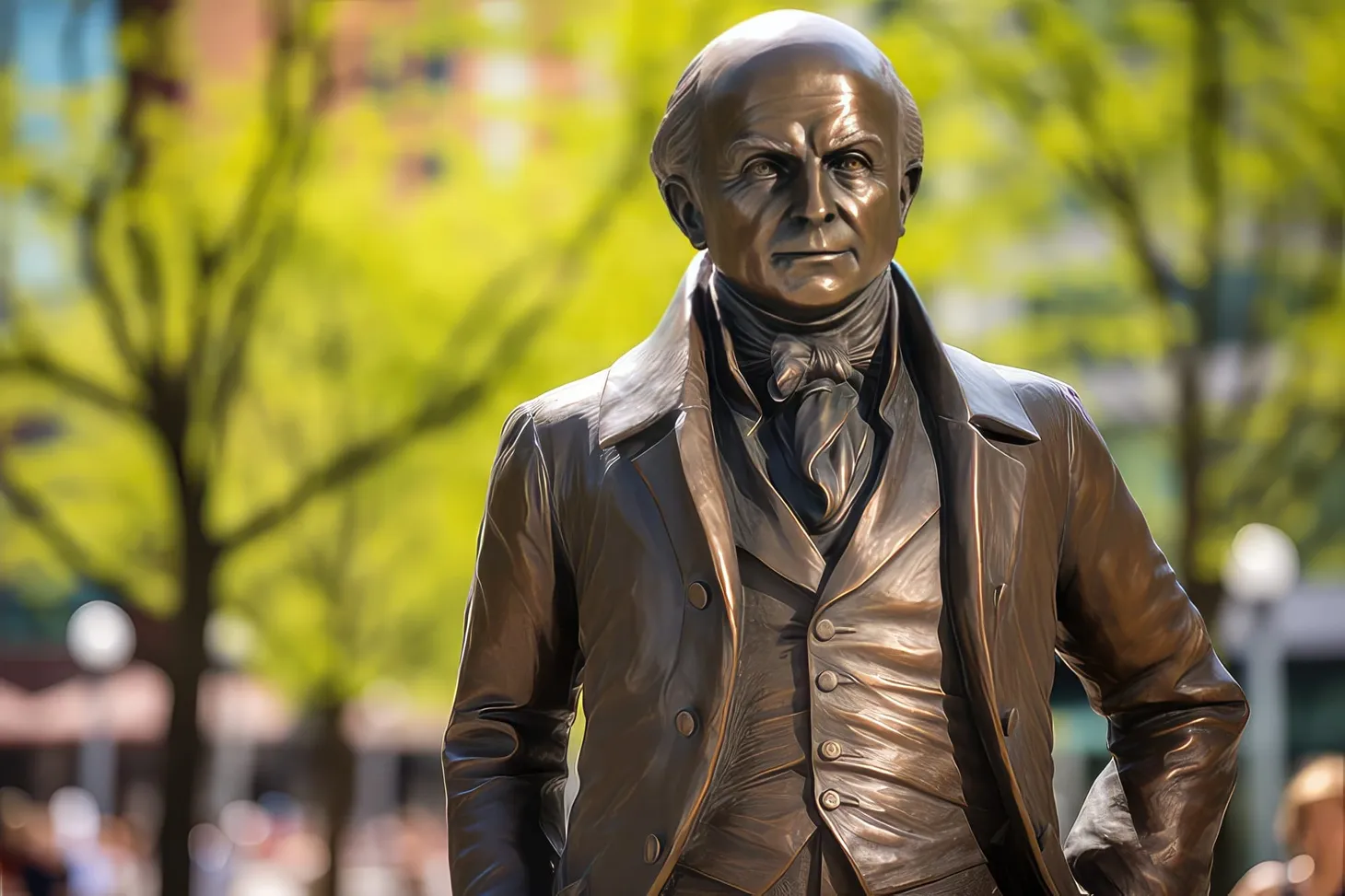Avoiding The Habit Trap
When I was growing up, one time my grandmother baked a fantastic German Chocolate cake. I can see it now — that moist chocolate cake and rich icing. It was great and everyone in the family let her know how great it was. We devoured the cake. But from that time on, we could count […]

When I was growing up, one time my grandmother baked a fantastic German Chocolate cake. I can see it now — that moist chocolate cake and rich icing. It was great and everyone in the family let her know how great it was. We devoured the cake. But from that time on, we could count on a German Chocolate cake as THE dessert every time we would visit. It became a little boring. Needless to say, I never told her that.
Everyone wants and needs change. But on the other hand, we enjoy doing what we do well that has reinforced by others expressing their appreciation. We all have experienced applauding a small child's, or in my case grandchildren’s, performance — perhaps a somersault or a dance — only to have the child repeat it over and over again until we could jump up and run out of the room screaming. We as adults are no different. We tend to limit ourselves to the things we learn to do well. It’s easier for one thing, and it beats the risk of trying something new.
When it comes to innovation, this plays out in spades. When a new innovation team achieves some level of success — such as the creation of a new product or service — they jump to the assumption that it was the process that enabled them to achieve success. Or maybe it was the way that one brainstorm session was run and therefore all future brainstorming should be done the exact same way. Or maybe it was the evaluation and idea selection process that was key for its success so all future idea evaluations should be done in the exact same way.
Just as the enthusiastic applause for a child puts the child on auto-repeat, success to an innovation team does the same. We create a habit of repeating the exact same steps in what we believe is the perfect innovation process.
When that happens, its the first indication that an innovation team is on the glide path to mediocrity.
It was NOT the process that enabled success. It was the idea. And building rigid repetitive processes are NOT conducive to creating a stimulating environment for generating new and exciting ideas.
It’s easy to fall into uninteresting grooves of habit. And the only way to avoid it, to keep change and creativity in our lives, is to do it deliberately. To achieve sustained innovation success, it is a good idea to break up the patterns from time to time. It will stimulate you and the team resulting in a new, fresh outlook on things.
Remember — no habit has any real hold on you other than the hold you have on it.
Habits and routines have a way of sneaking up on us. It starts off with us finding a way of doing things that become easily repeatable — comfortable. Soon it becomes the way “we innovate”. Samuel Johnson, in 1784, put habit in its right context, “The chains of habit are too weak to be noticed until they are too strong to be broken.”
Be on guard to avoid the habit trap.
Innovation is about being disruptive. So disrupt how you do everything — including how you innovate. If you can apply innovation to products, services, sales, marketing, HR, finance — why not innovate the way you innovate?
Turn the habit mirror on yourself. We are quick to criticize the expense report process as being too rigid and in need of innovation. Could others say the same about your innovation frameworks and processes?
Does this mean you change your innovation frameworks and processes after each project? No. What it does mean is to be deliberate in trying new things. Do not allow the feeling of the safe to hold you back from taking risks.
There are things you would like to leave as is. But German Chocolate cake — or anything else — gets old and boring fast.
We need a change in our lives. It’s a basic human need. If we don’t get it, the concrete starts to harden. We need to be willing to change ourselves first and through it, influence others that change is what is needed if we are to keep moving forward.
Most people who drive cars to work leave at the same time and follow the same route, after having the same thing for breakfast. Arriving on the job, they continue the routine.
So start tomorrow. Have something different for breakfast. Leave earlier and take a different route to work. You might see something that could spark a great idea and also see some interesting parts of the town or the countryside. We all can do things to get us out of our ruts .. and avoid the habit trap.
I’m Phil McKinney and thanks for listening.




